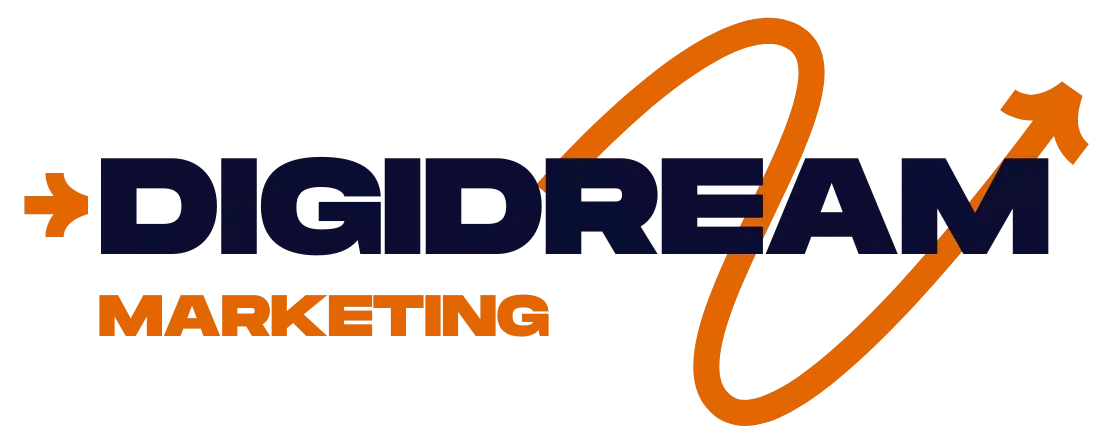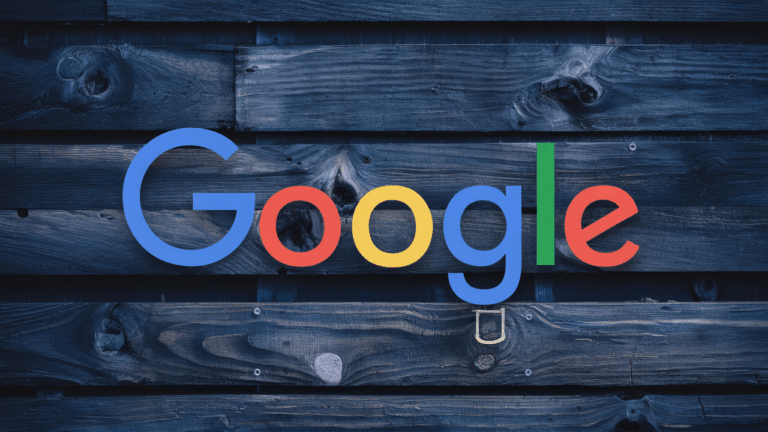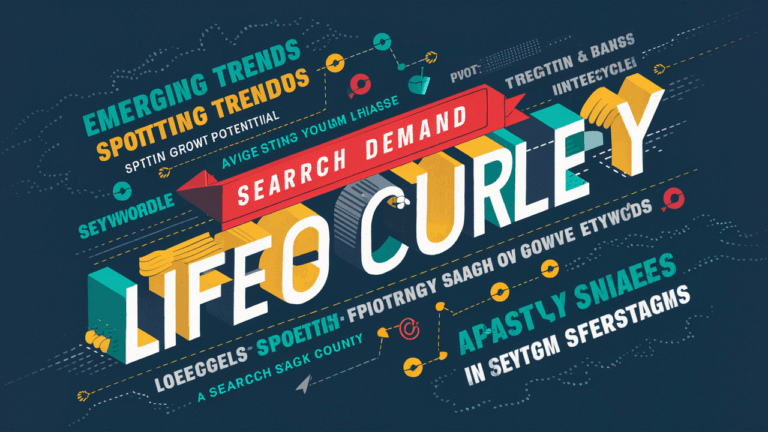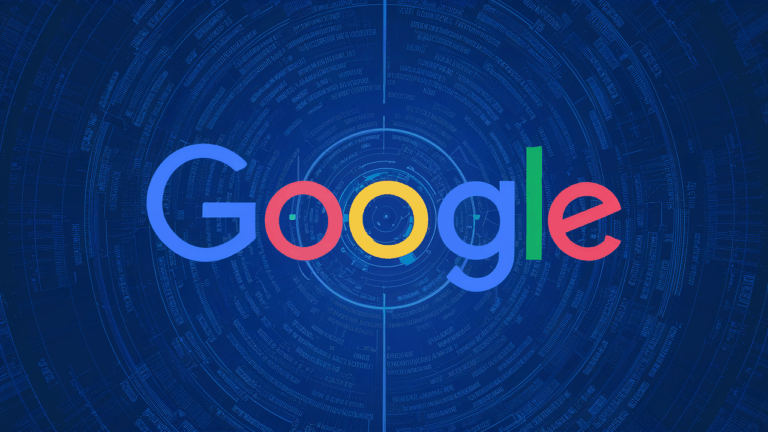[sitewide_breadcrumb]
SEO Vs. SEM: What’s the Difference & Which One Is Best For You?
In the digital marketing world, getting your business noticed online is the ultimate goal. But when it comes to search engine strategies, the debate often boils down to one question: SEO or SEM—Which is better?
SEO focuses on organic traffic by optimizing your website to rank higher in search results. Whereas, SEM combines SEO with paid ads for quicker visibility.
Each digital marketing strategy has its own strengths and perks. But how do you decide which one suits your business the best? Keep reading this blog to understand the key differences, benefits, and when to use SEO versus SEM. Identify the difference and make the smartest choice for your online strategy.
SEO vs. SEM: The Core Difference
Let’s start with the big question: What’s the main difference between SEO and SEM?
At first glance, you may think that they seem quite similar as they both aim to get your website noticed on search engines. But as you dig a little deeper you may get the distinction clear:
SEO (Search Engine Optimization) is all about earning your place in search results organically. It’s like planting a tree and nurturing it over time so it grows tall and strong. With SEO, you’re not paying directly for visibility. You’re actually working to make your site so valuable and relevant that search engines prioritize it naturally.
SEM (Search Engine Marketing), on the other hand, is like renting a billboard in a high-traffic area. You’re paying search engines like Google to showcase your ads at the top of the results page. SEM can definitely get you faster visibility, but it’s actually a pay-to-play strategy.
You can understand it like this: imagine you’re starting a coffee shop.
If you rely on SEO, it’s like building relationships with locals, handing out free samples, and relying on word of mouth to bring in customers. It might take time, but once people trust you they’ll keep coming back. Plus, they’ll even recommend you to others.
And if you use SEM, it would be like paying for an ad in the local newspaper or sponsoring a community event. It will get you people’s attention right away, but you’re spending money at the back to make it happen.
SEO is the long game. It might take weeks or even months to see results, but once your site starts ranking, the traffic can be steady and cost-effective over time. On the other hand, SEM offers instant results and conversions by getting people to click on your site immediately. But once you stop paying for ads the visibility will also disappear.
SEO: Deep Dive into Organic Marketing
SEO is the slow yet steady approach to growing your online presence.
What is SEO?
SEO, which stands for Search Engine Optimization, is the art of making your website a favorite among search engines like Google. When you’re working on SEO, instead of paying for ads you work on improving your site’s content, structure, and reputation to naturally climb the search rankings.
Imagine you own a bakery. If someone searches for “best chocolate chip cookies near me,” wouldn’t it be amazing if your website popped up first? SEO makes that happen by helping search engines understand your website’s relevance and quality.
Key Features of SEO
SEO involves three pillars which stand as its major components. Each of them plays an undeniably important role in growing your website’s ranking:
- On-Page SEO
This is where content creation shines as it is what people see when they visit your website. It’s all about making useful and relevant content for your site. Think about blogs, product pages, and FAQs. Everything you write must be relevant to your audience and optimized with the right keywords.
- Content: High-quality, engaging content is the backbone of on-page SEO. For example, a travel blog titled “Top 10 Hidden Gems in Paris” with beautiful photos and helpful tips is more likely to rank higher than a simple list of places.
- Keywords: Use the terms your audience is searching for naturally in your content. If your customers are searching for “best running shoes,” then you must make sure that this phrase appears in your blog or product descriptions.
- Meta Tags: These are like the book covers of your website as title tags and meta descriptions help users decide whether to click on your link.
- Off-Page SEO
Off-page SEO is all about creating trust. Search engines want to know that others see your website as valuable. That’s why, off-page SEO focuses on building your site’s reputation as links from other trusted websites act like votes of confidence.
- Backlinks: Think of backlinks as votes of confidence. If a trusted site links to your blog or product page, it signals to search engines that your content is worth sharing.
- Social Proof: While it’s not a direct ranking factor, a strong presence on platforms like Instagram or LinkedIn can drive traffic and improve visibility.
- Technical SEO
Technical SEO works behind the scenes to make your site accessible and user-friendly. It ensures your site is easy for search engines to understand and rank.
- Site Speed: Nobody likes waiting! Faster websites keep visitors happy and are favored by search engines.
- Mobile-Friendliness: With most web traffic coming from phones, a mobile-friendly site is highly essential to be on the top SERPs.
- Secure Connections (HTTPS): Search engines prioritize sites that are secure and give HTTPS-enabled sites an edge over the other.
SEM: Combining Organic and Paid Search Strategies
SEM is the shortcut to grabbing attention. If SEO is about growing your visibility organically, SEM is like paying for the express lane.
What is SEM?
SEM leverages both organic strategies (SEO) and paid advertising (PPC) to maximize your site’s visibility on search engines. It provides a perfect combination of long-term growth (SEO) and short-term wins (PPC). It’s a perfect digital marketing strategy for businesses that need fast results, like promoting a holiday sale or launching a new product.
Imagine running a new gym in town. Instead of waiting for your SEO efforts to take off, you can run an ad targeting people searching for “gyms near me.” Within hours, your website can start getting clicks.
What is PPC (Pay-Per-Click)?
PPC involves paying for ads to appear at the top of search results. This is the heart of SEM. And the catch is, you only pay each time someone clicks on your ad. It’s a quick way to drive traffic, especially for time-sensitive campaigns. With careful targeting, you can ensure you’re reaching the right audience. PPC can help you gain:
- Immediate Visibility
- Precise Targeting
- Customizable Budgets
Key Strategies Uses by SEM
SEM is actually the umbrella term that includes both SEO and PPC. Some of the key strategies that SEM uses are:
- PPC (Pay-Per-Click): Advertises at the top of search results and pays only when someone clicks. It’s great for quick traffic and specific keywords.
- Local SEO: Targets customers searching for services in your area, like “best coffee shop near me,” to increase foot traffic.
- Display Advertising: Uses visually appealing banners or images on websites to build brand awareness and catch the eye of potential customers.
- Shopping or Product Advertising: Highlights your products directly in search results with images, prices, and links, making it easier for shoppers to buy.
- Remarketing: Shows tailored ads to people who’ve visited your site before, reminding them of products or services they viewed.
SEO vs. SEM: What Are the Key Benefits?
You might be thinking why should you go for SEO? Because it’s a gift that keeps on giving. Once you rank well, you can attract visitors consistently without additional costs. For example, a blog post you wrote two years ago can still bring in new leads today if it’s optimized well.
And what’d be the biggest advantage of SEM? Speed. If you’re launching a new service then SEM is your friend. It can help you get in front of potential customers immediately.
While SEO takes time, SEM works like flipping a switch — you start getting traffic the moment your ads go live. But you need to keep in mind that SEM’s effectiveness depends on your budget. Once you stop spending, the traffic stops too.
SEO vs. SEM: What’s the Big Difference?
Now that we understand SEO and SEM individually, let’s dive into the key differences. These differences are crucial for understanding which strategy works best for your business goals. Let’s break it down:
SEO vs. SEM: How Long Does it Take to Generate Results?
- SEO: SEO is a long-term game. It can take anywhere from 3 to 6 months to see significant results. You’re building authority and trust, which takes time to pay off. For example, ranking for a competitive keyword like “best home bakery” requires continuous effort in content creation, backlinking, and technical improvements.
- SEM: With SEM, you get instant visibility. As soon as your PPC campaign is live, your ads will appear in search results. You can start driving traffic within a few hours to a couple of days. For instance, if you’re running a flash sale, you can see immediate clicks from your ads.
SEO vs. SEM: How Much Do They Cost?
- SEO: The costs involved in SEO come from the effort to optimize your site (like hiring an SEO expert or investing time in content creation). There are no direct costs to ranking organically, but it requires continuous effort to maintain rankings. Businesses might spend $500 to $5,000 per month for SEO services depending on the competition and industry.
- SEM: SEM involves paying for clicks through platforms like Google Ads. You bid on keywords, and the cost can vary widely based on keyword competition. Competitive keywords cost you around $2 to $5 per click, whereas a niche keyword could be $0.50 to $2 per click.
SEO vs. SEM: Which One Drives Better Traffic Quality?
- SEO: Organic traffic is typically more engaged because users trust websites that show up naturally in search results. Once your website ranks well, it can provide consistent, high-quality traffic. For example, content like “How to fix a flat tire” can drive visitors to your website who are genuinely interested in that information and are more likely to convert into customers.
- SEM: While SEM gives you the power to target specific demographics, the traffic is often less engaged. People clicking on ads may not always be ready to convert, and bounce rates can be higher compared to organic traffic. But if your ad is highly targeted (for example, a special discount on a product), the quality can improve.
SEO vs. SEM: Which One is Best for You?
Both SEO and SEM are powerful digital marketing strategies. But the key is knowing when to use which one, depending on your goals and resources. Let’s look at some scenarios to help you decide when to go with SEO or SEM.
When to Use SEO?
- SEO is your best friend if you’re looking to build sustainable, long-term traffic that’ll last for months or years. Think of it like a solid foundation for your website.
- SEO is great if you don’t have a huge ad budget to work with. With some effort and patience, SEO can bring consistent and free traffic.
- If your website thrives on content like blogs, tutorials, or educational resources, SEO can help attract organic traffic by ranking for helpful queries people are searching for.
When to Use SEM?
- If you need quick visibility or want to launch a product or promotion with immediate results, SEM (especially PPC) will be the perfect choice.
- Let’s say you’re running a flash sale or promoting an event that’s happening this weekend then SEM is your go-to tool.
- For industries or keywords where SEO might take too long, using SEM can help you cut through the noise and gain instant visibility.
The Best of Both Worlds: SEO + SEM
In many cases, combining SEO and SEM is the most effective strategy. While SEO builds long-term traffic, SEM gives you the instant boost you need. Here’s how they work together:
- SEO for Organic Traffic: You can focus on ranking for long-tail keywords and building up your authority over time.
- SEM for Short-Term Wins: You can use different paid & unpaid SEM strategies to target high-converting keywords and boost instant traffic.
By using both, you create a balanced strategy where SEO works on long-term growth whereas SEM helps you stay visible in the short term.
Get Started with DigiDream and Get the Best SEO & SEM Strategy
SEO and SEM serve the same purpose — driving traffic to your website. But they approach it in completely different ways. SEO is like a slow-brewing process that pays off in the long run, while SEM is like flipping a switch for instant results. Choosing between the two depends on your goals, timeline, and budget. You can even consider using both SEO & SEM for a balanced approach.
At DigiDream, we specialize in creating tailored strategies that drive traffic, increase conversions, and help your business grow. Take your online presence to the next level with SEO & SEM maximum impact.
Contact us today to get a professional consultation for your business and find which strategy suits you the best.








